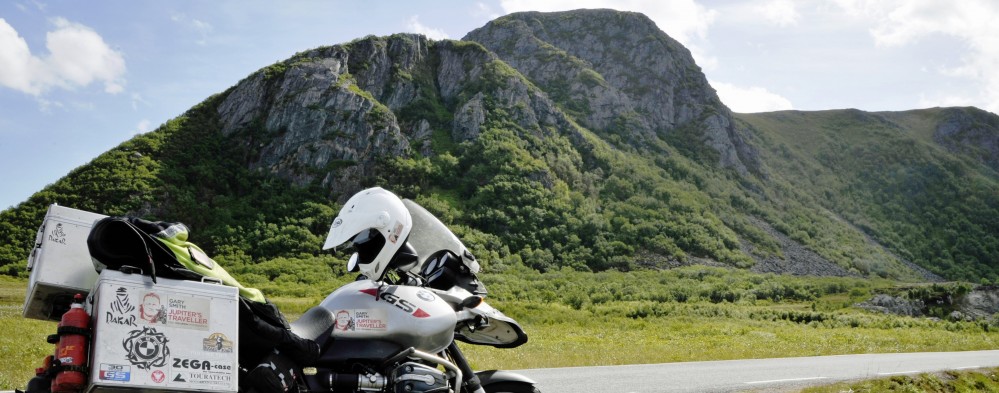I had heard about the ‘Iron Harvest’ before visiting the WW1 battle fields but have been shocked at the sheer volume of shells casings and shrapnel fragments all over the landscape. The urge to walk into a field and look for “rusty bits” like lumps of iron shell casing, shrapnel balls or bits of equipment is hard to resist. Although the fighting in the northern front stopped over 90 years ago, there is still a large quantity of WW1 ammunition, artefacts and explosives in the Salient. During World War I an estimated one tonne of explosives was fired for every square metre of territory on the Western front and as many as one in every three shells fired did not detonate. In Ypres an estimated 300 million of the 1.4 billion projectiles that the British and the Germans forces fired at each other during World War One failed to explode and most of them have not been recovered. Today I was advised that in 2013 alone 160 tonnes of munitions were unearthed from the areas around Ypres.
Monthly Archives: April 2014
Tyne Cot
‘Tyne Cot’ or ‘Tyne Cottage’ was the name given by the Northumberland Fusiliers to a barn which stood near the level crossing on the Passchendaele and Broodseinde road. The barn at the centre of five or six German blockhouses, or pill-boxes, was captured by the 3rd Australian Division on 4 October 1917, in the advance on Passchendaele. The Cemetery contains 11,908 graves and 70% of these are unknown. On the wall at the back of the cemetery are the names of 34,927 soldiers who have no known grave and died from August 1917 to the end of the war.

Lochnagar Crater
Having seen the Lochnagar crater today the only way to explain the devastating scene is factually. On July 1st 1916 at 7:28 AM, the British Army detonated the Lochnagar mine – two underground charges of a high explosive compound (respectively 24,000lb and 30,000lb) and destroyed trenches occupied by German infantryman. The explosion followed 16 days of heavy artillery fire and immediately preceded a general infantry charge which began the Battle of the Somme – by midnight of the first day there were 57,470 British casualties (19,240 of whom died of their injuries). The battle of the Somme itself continued until 18 November, 1916 by which point it had claimed over 1,200,000 casualties and more than three hundred thousand people were killed during the course of the battle. 
The GS is finally home
So my GS is finally home – been a long time coming with a rebuilt gearbox, new clutch plate and third input drive shaft. Its a real shame that this design fault still remains, its a non service item but really would benefit from routine lubrication but with complete gearbox removal and bike strip down required its a difficult and long job to do. At the same time a new clutch hydraulic slave cylinder has been installed, which I know was leaking. The story is that when BMW introduced the hydraulic clutch design they miscalculated and inadvertently moved the clutch disc 8mm further forward towards the engine and off the transmission splines, this results in the splines of the clutch disc falling short of the input drive shaft hence the wear. Apparently Brunos Machine and Repair have a fix so I am on the case now for the new shaft design.


